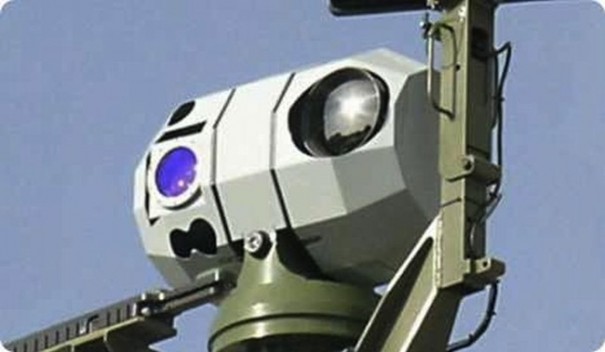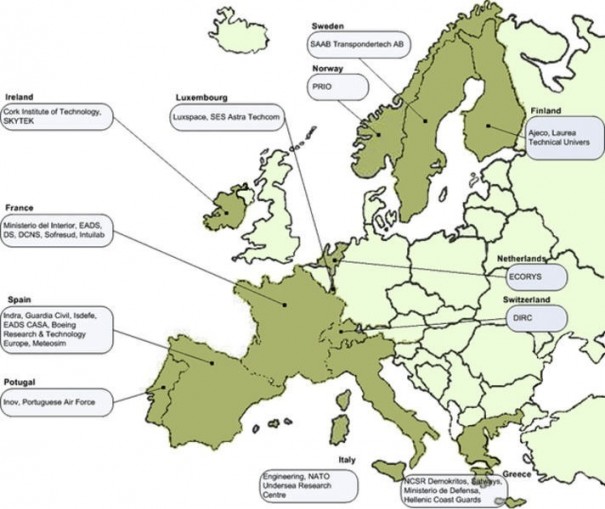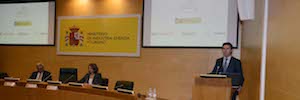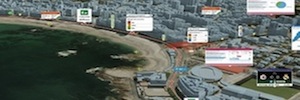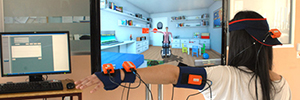Indra coordinates the first test of the European R+D project Perseus for maritime control and video surveillance
In collaboration with the Civil Guard, the multinational Indra has coordinated the first sea trial of the European R+D project Perseus, aimed at maritime security and video surveillance throughout Europe.
The Perseus R+D project (Protection of European BoRders and Seas through the IntElligent Use of Surveillance), It is a European initiative coordinated by the Spanish multinational Indra to develop new capabilities and technological systems for maritime security and video surveillance in European seas and their borders.
This project on security and control of maritime borders in Europe, that has a budget of 43,7 million euros and a duration of four years, initiated the 24 September its first phase of large-scale testing, that will last a week, to demonstrate its viability and lay a technological basis for integration.
Indra coordinates the work of this European consortium, formed by twenty-nine partners from twelve EU countries, mostly with maritime borders.
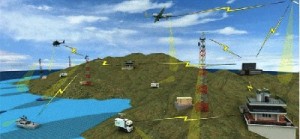 In this first phase of testing, carried out in collaboration with the National Coordination Centre of the General Directorate of the Civil Guard in Madrid, a vessel in the western Mediterranean basin pretending to illegally transport migrants has been detected.
In this first phase of testing, carried out in collaboration with the National Coordination Centre of the General Directorate of the Civil Guard in Madrid, a vessel in the western Mediterranean basin pretending to illegally transport migrants has been detected.
To do this, a CN-235 aircraft of the Civil Guard has been used. From its control center the necessary orders were sent, as the information collected by the aircraft was received in real time, for detection, Identification and monitoring of the objective.
subsequently, responsibility for the mission shifted to the MRI P2006T light maritime surveillance aircraft, a low-cost solution developed by Indra, equipped with radar, OPTO-ELECTRONIC DAY/NIGHT VISION AND SHIP IDENTIFICATION SYSTEMS (AIS9).
The objective of the exercise is to test the integration of different maritime surveillance technologies, in which the information collected by the SIVE and the sensors carried by the different air and naval platforms are combined, in order to monitor areas of the high seas not reached by coastal surveillance systems.
At the same time, the information collected in the control center of the Civil Guard of Madrid was shared with the nodes of the Perseus system, located in France, Italy and Portugal, so that all countries have a complete vision of the routes and activities that vessels develop at sea.
System integration and interconnection
The aim of the project is to develop and test a European maritime surveillance system by integrating and interconnecting existing national and European systems, as well as its updating and improvement with technological innovations.
The new maritime surveillance system will increase the effectiveness of existing systems by creating a shared maritime information environment that will benefit both national coordination centres., and the European External Borders Agency (Frontex) and the European Maritime Safety Agency (EMSA).
To do this, This 'system of systems' will make use of all the information available in European and national agencies, integrate and process it, so that higher quality information is generated, more filtered, reliable and, in short, most useful.
The solution will generate in real time a description of the situation from coastal areas to the high seas, as well as improving and automating the detection of vessels and their identification, especially in the event that they are suspicious or not allies.. In this way, Facilitate decision-making, Reduce the reaction time of the authorities, facilitate the support and coordination of maritime interception and rescue operations, and improve its effectiveness.
The second campaign is planned to 2014 and will be developed in the Aegean Sea and the channel of the Island of Samos, with the possibility of extending to the Black Sea.
You liked this article?
Subscribe to our RSS feed And you won't miss anything.



